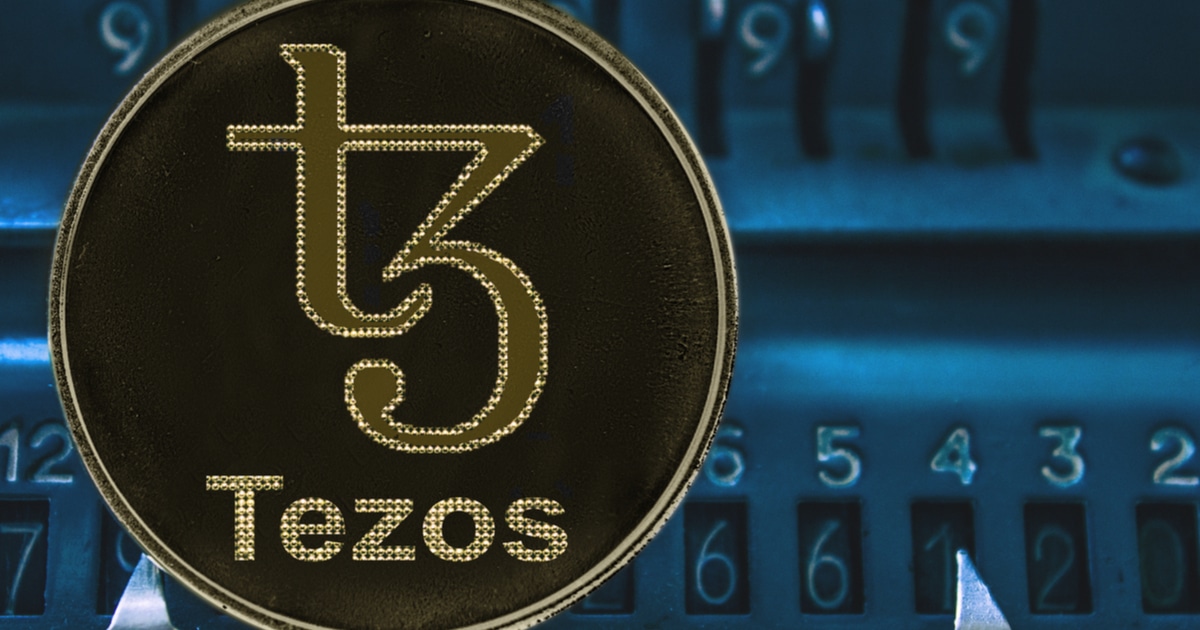just alvin
January 10, 2025 08:56
The Tezos community promises to improve transaction bandwidth by 20x to 4000x by enabling the Data Availability Layer, a key technology for rollup scaling.
The Tezos community is being asked to enable the Data Availability Layer (DAL), a groundbreaking technology introduced with the Paris Protocol upgrade. According to Tezos, this initiative is essential for roll-up scaling and is consistent with the Tezos
The role of the data availability layer
DAL is designed to significantly improve the bandwidth of the Tezos network, increasing the amount of transaction data that can be posted on-chain per second. Currently, bandwidth is limited by the capacity of layer 1 blocks. However, DAL promises an immediate 20x improvement over layer 2 solutions like Rollup, and the long-term goal is to achieve a 4000x improvement, reaching 100MB/s.
Security remains a top priority as DAL’s operations are protected by layer 1, a feature that distinguishes Tezos in the blockchain space. More insight into this can be found in Nomadic Labs’ blog post.
Benefits of DAL
Implementing DAL not only alleviates significant scaling bottlenecks for rollups, it also reduces operational costs. For example, Etherlink, Tezos’ smart rollup-based Ethereum Virtual Machine (EVM) environment, is designed to work with DALs to further lower transaction costs.
This advancement solidifies Tezos’ position as a leader in blockchain technology and provides a more scalable solution compared to Ethereum’s Dencun upgrade.
community involvement
For DAL to work, you need at least 67% of Tezos stake to run a DAL node. Bakers are responsible for running these nodes, but the broader community plays an important role. Members are encouraged to contact the bakers, highlighting the importance of DAL for expansion and ecosystem benefits. Future upgrades may offer economic incentives for bakers.
In conclusion, the activation of Rollup Booster is a pivotal step towards achieving the goals outlined in the Tezos We urge the community to partner with bakers who are leading the charge by running DAL nodes, and with community members who support this important development.
Image source: Shutterstock

